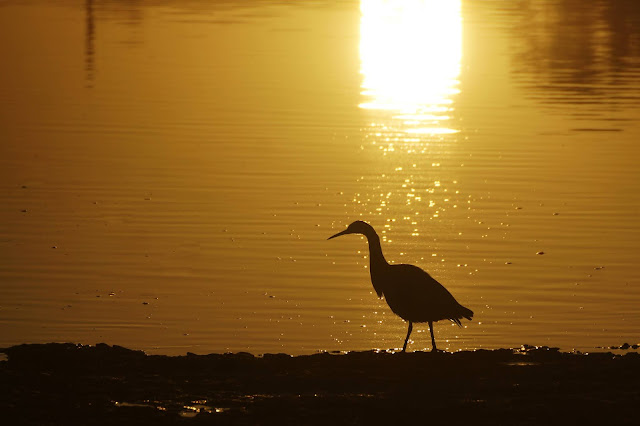As I live on my own I've had no physical interaction with another human for 5 weeks,
so interacting with the feathered and furry creatures on my walks has been vital.
Their song, as I head out every morning, is enough to brighten the darkest of days!
White Faced Heron.
He's made his home along the Tamaki Estuary and roosts high in the trees overnight.
I've seen a fair number of him and his ilk on my daily outings,
mostly when they're all foraging and feeding in the shallows.
They're always so elegant. And so patient.
Calmly scanning the water for signs of movement and
occasionally using a foot to agitate the sediment.
The only time I've seen one moving quickly over the water
has been when it was pursuing a fish.
Which it caught.
I have a friend who's not a fan as they like to raid her fishpond.
This week I found this one up the trees along the Estuary.
He's obviously quite habituated to the presence of people
as he didn't seem the least bit perturbed by my proximity.
So much so that when he was finished with his ablutions
he simply tucked his neck in and went back to sleep.
I thanked him and went on my way.
"A bird doesn't sing because it has an answer,
it sings because it has a song."
~ Joan Walsh Anglund












































